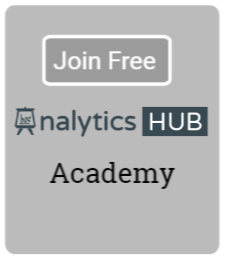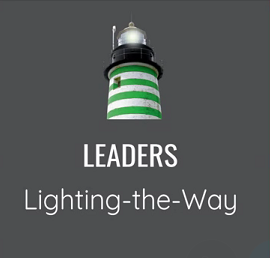 Year 2017 is in the rear view mirror. 2017 has been a pivotal year for Qlik enthusiasts as both Qlik Sense and QlikView major upgrades were released in the past year.
Year 2017 is in the rear view mirror. 2017 has been a pivotal year for Qlik enthusiasts as both Qlik Sense and QlikView major upgrades were released in the past year.
It’s quite possible that you haven’t had time to search and enrich your Qlik knowledge while keeping up with your hectic role as a Qlik consultant. Worry not!
I’ve handpicked some of the most important Qlik articles — for QlikView and Qlik Sense — so that you can supercharge your Qlik knowledge.
Keep in mind that these articles are randomly ordered since every article is enlightening!
Today, the QIX engine has some bugs in the area of a search and a subsequent select. These affect both interactive searches and searches in Set Analysis expressions. We are working on fixing them. However, one of these coming bug fixes may cause some backward incompatibility. This post explains what the bug fix will mean, and what you can do to avoid future problems. — Henric C
The Curious Case of a Wildcard and a Join
And then, he realized what truly happened there. The wildcard load is not a single load. Instead, it’s a series of individual loads that happen one after another in a sequence. And, if a JOIN prefix is attached to such a load, the joining happens individually for every file — Oleg Troyansky
First, my extension project. I like the script export/import function in QlikView script editor and have missed this function in Sense. So I created a extension that provides buttons to Export and Import script to text files. — Rob Wunderlich
QlikView and On Demand App Generation(ODAG)
QlikView is well suited to in memory analysis of large data sets but it struggles with true big data scenarios. On demand app generation (ODAG) addresses the big data problem but requires some special techniques involving the exchange of more information than can be sustainably handled in a URL — George
My first step is to load data into a copy of Steve Dark’s Data Profiler (Steve’s original post is useful – search on quickintelligence data profiler). The data profiler gives me information about exactly what values exist in each of the fields — Tim Benoit
19 Tips All QlikView Beginners Must Know
Often as a new developer, you don’t know where to start. There is so much to learn. Trying to put the puzzle together in a way that makes sense and is as efficient as possible is not always easy. There is no substitute for a QlikView training course, whether it is on-line or on-site. But to get you started in the right direction, I put together some tips — Aaron Couron
Can a QlikView Developer be a Qlik Sense Developer?
Can QlikView developers upgrade their skills and become full-fledged Qlik Sense developers? After some reflection on my days as a QlikView developer and some cheerleading to motivate myself to make this transition, I’m going to share with you my plans to learn the answer — Karl Pover
Sublime for Qlik Development in 8 Steps
Sublime is an excellent text editor tool that have a lot of possiblilties in regards of tweaking and customizing. To get it as Qlik effective as possible for my needs I usually customize it a bit. In this blogpost I will describe to you how I set up Sublime when I enter a new development environment. — Vegar Lee Arntsen
The VizLib Scatter chart takes that requirement and knocks it out of the park, delivering on the animated time charts of the late, great, Hans Rosling in the process. — Steve Dark
Governance Dashboard for Qlik Sense
The Governance Dashboard is a QVF built from data extracted through the Qlik Sense APIs. We use the APIs to crawl through the Qlik Sense deployment and extract metadata pertaining to Qlik Sense Repository elements, user access and application components (such as visualizations, measures, dimensions, stories and Master Items). — Michael Terenzi
Enjoy!
-Shilpan
(photo credit: theatlantic.com)





